Empower Your Core: Step-by-Step Guide to Beginner Plank Exercises
Forget six-pack fads and fleeting trends – the humble plank is your secret weapon for unleashing core power, sculpting a stronger you, and incinerating calories for rapid weight loss. But “How do I plank?” often stops beginners in their tracks. Fear not, aspiring fitness warriors! This guide equips you to transform this deceptively simple exercise into a dynamic tool for total-body transformation.
It’s a core colossus, engaging everything from abs to back and glutes for exceptional strength and stability. Say goodbye to slouching – planks are posture perfectionists, pulling your shoulders back and aligning your spine for a confident stride and pain-free back. Plus, they’re calorie-crushing machines, firing up multiple muscle groups to turn your body into a fat-burning furnace even at rest.
Explore The Myth Of Plank Exercise?
Picture yourself face down, propelling your body weight on your forearms and toes. It’s a full-body engagement, demanding a strong core to keep your spine stable, shoulders aligned, and hips level. But the plank universe extends beyond the classic pose! Explore side planks for oblique burn, high planks for an intensified core challenge, or leg raises for added difficulty.
The beauty of the plank lies in its accessibility. Start with 10-second holds, gradually building towards 30 seconds (or even longer!) as your core strengthens. Remember, proper form is key – engage your core, breathe deeply, and don’t hold your breath!
Embrace the plank, embrace the possibilities. It’s not just about sculpted abs – it’s about unlocking a stronger, healthier, and more confident you. Banish back pain, improve posture, and ignite your metabolism with this simple yet powerful exercise.
Why Do Plank Exercises?
Plank exercises work on your entire body and help you develop good posture. Because they engage your core, they also strengthen your back so you can do everyday activities with ease. Plank exercises can also help improve your sports performance. If you are into sports, this simple exercise can take your performance to the next level.
It can also help you prevent injuries. Plank exercises can also help you lose weight and improve your metabolism. They are a great way to burn calories and shed pounds, especially if you do them as part of a HIIT routine.
Blast Fat and Sculpt Your Core: Your Ultimate Plank Workout for Rapid Weight Loss
Forget fancy equipment and fleeting fads – the plank is your secret weapon for burning calories and sculpting your core for rapid weight loss. This deceptively simple exercise packs a powerful punch, engaging your entire body to turn your body into a fat-burning furnace.
Why Planks Rule for Rapid Weight Loss
Core Crusher: Planks engage your abs, back, and glutes like no other exercise, boosting your metabolism and burning calories even at rest.
Calorie Torching: Holding a plank engages multiple muscle groups at once, forcing your body to work harder and burn more energy.
Posture Perfectionist: A strong core improves your posture, making you appear taller and leaner. The research article from the American Council on Exercise (ACE) highlights the various benefits of good posture, including improved confidence, pain reduction, and better breathing.
Study Published in 2021 have shown that plank-type exercises are effective in developing strength and endurance, reducing low back pain, and preventing falls.
What Muscles Does the Plank Target?
The plank, seemingly simple at first glance, is a powerhouse exercise that sculpts more than just a six-pack. Its true strength lies in its ability to engage multiple muscle groups throughout your body, leading to a cascade of benefits beyond just chiseled abs.
Core Crusaders
Rectus Abdominis: The “six-pack” muscle receives the starring role, contracting isometrically to hold your body in a rigid plank position.
Transverse Abdominis: This deep core muscle acts like a corset, drawing your navel towards your spine and providing crucial stability.
Obliques: These side-abdomen heroes work overtime for posture and rotational control, preventing your hips from sagging.
Beyond the Core
Shoulders: Your deltoids engage to keep your shoulders depressed and stabilized, preventing hunching and improving posture.
Arms: Triceps and biceps work isometrically to maintain elbow extension and support your upper body weight.
Lower Body: Glutes and quads fire up to keep your legs straight and hips level, contributing to overall balance and stability.
Full-Body Benefits
The plank’s magic lies in its ability to simultaneously target multiple muscle groups, leading to:
Enhanced Core Strength and Stability: A strong core is the foundation for good posture, injury prevention, and improved performance in all physical activities.
Improved Posture: By strengthening your core and back muscles, planks pull your shoulders back and align your spine, leading to a taller, more confident posture. This research from the National Institutes of Health explains how a strong core is crucial for maintaining proper posture and preventing spinal misalignment.
Reduced Back Pain: Weak core muscles often contribute to back pain. Planks strengthen your core and back, providing much-needed support and alleviating chronic aches.
Increased Metabolism and Calorie Burning: Engaging multiple muscle groups at once boosts your metabolic rate, helping you burn more calories even at rest. This research paper explores how both static and dynamic core exercises, including planks, can increase metabolic rate and calorie burning, even after exercise.
Additional Resources: This Men’s Health article provides a simplified explanation of the five key muscle groups targeted by planks, making it easy for beginners to understand the exercise’s benefits.
Incorporate Beginners Plank Exercises Into Your Workout Routine
Bored with your workout? Spice it up with the almighty plank! This deceptively simple exercise packs a powerful punch, sculpting your core, boosting your metabolism, and banishing back pain. But knowing how to incorporate plank exercises into your routine can be a game-changer.
No gym? No problem! Planks are accessible to all levels, requiring no equipment and minimal space. Whether you’re a seasoned athlete or a fitness newbie, there’s a plank variation for you.
Here’s how to seamlessly integrate planks into your workout
Strength Training: Add planks as core exercises to your routine, alternating them with squats, lunges, or push-ups.
HIIT Workouts: Elevate your heart rate and build endurance with plank variations like high planks or side planks during your HIIT intervals.
Yoga Flow: Flow gracefully from downward-facing dog to plank and back, integrating core strength with flexibility.
Cardio Finishers: Challenge yourself with a plank circuit at the end of your cardio routine to torch those extra calories and leave your core feeling fired up.
Remember the golden rules:
Form First: Keep your body aligned, hips level, and core engaged to avoid injury and maximize benefits.
Mix it Up: Explore different plank variations like side planks, high planks, or leg raises to keep your workouts fresh and challenge different muscle groups.
Start Small, Dream Big: Begin with shorter holds and gradually increase duration as your core strengthens.
Supercharge Your Core with Medicine Ball Planks
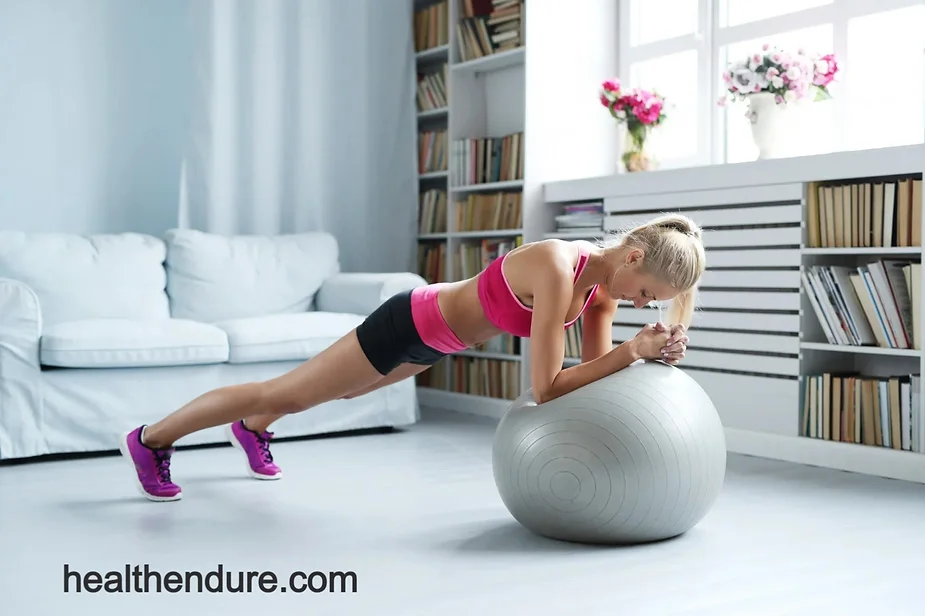
The classic plank is a core crusher, but if you’re craving a next-level challenge, grab a medicine ball and prepare to unleash your inner plank beast! This variation adds an element of instability, forcing your core and balance to work overtime for sculpted abs and incredible strength.
Master the Wobble
Ballsy Base: Lie face down with your feet hip-width apart. Place the medicine ball between your forearms, hands shoulder-width apart.
Lift Off: Engage your core and slowly extend your arms, lifting your body off the ground until your forearms and toes support you. Keep your hips level and avoid sagging.
Hold Steady: Breathe deeply and maintain perfect form. Your entire body should form a rigid line from head to toe. Embrace the wobble – it’s your core getting stronger!
Level Up the Wobble
TRX Tandem: Hold a TRX band in one hand, resting your other hand on the ball for an extra balance challenge. Feel the burn engage your core and shoulders.
Twist and Shout: Add a dynamic twist by rotating your torso towards the sky on one side, then lowering it back down while lifting the other side. Core on fire? You’re doing it right!
Kneel Before the Knee-Raise Plank
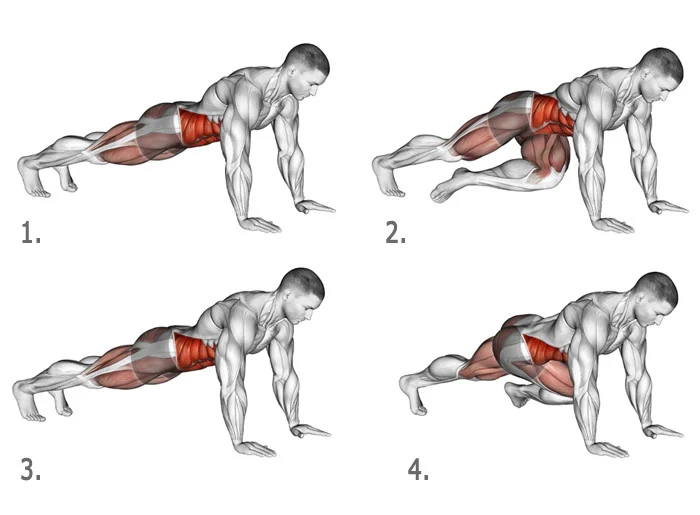
Don’t let the classic plank intimidate you – the knee-raise plank is here to bridge the gap between beginner and beast! This dynamic variation sculpts your core, ignites your abs, and challenges your balance all in one powerful move.
Master the Move
Plank Power Base: Start in a high plank position, hands shoulder-width apart, core engaged, and body forming a straight line from head to toe.
Knee Up!: Choose your weapon – either lift one knee towards your elbow for a classic knee-raise, or crank it up a notch by aiming for your forehead (core on fire yet?).
Control is King: Breathe deeply and maintain perfect form throughout the raise and lower. Don’t let your hips sag or twist – your core should be the driving force.
Switch Sides, Conquer: Repeat the movement on the other leg, feeling the burn spread evenly across your entire core.
Why Kneel-Raise Rocks
Beginner Boon: Perfect for those new to planks, the knee-raise offers a modified yet effective way to engage your core muscles and build strength.
Wrist Warriors Rejoice: Worried about wrists? This variation takes the pressure off, making it ideal for those with wrist issues.
Dynamic Duo: It’s not just a static hold – the knee-raise adds a dynamic element, challenging your core and balance in a whole new way.
Abs on Fire: Get ready to feel the burn! This variation targets your deep core muscles, sculpting a stronger, more defined midsection.
Make Your Planks More Challenging With a Push-up
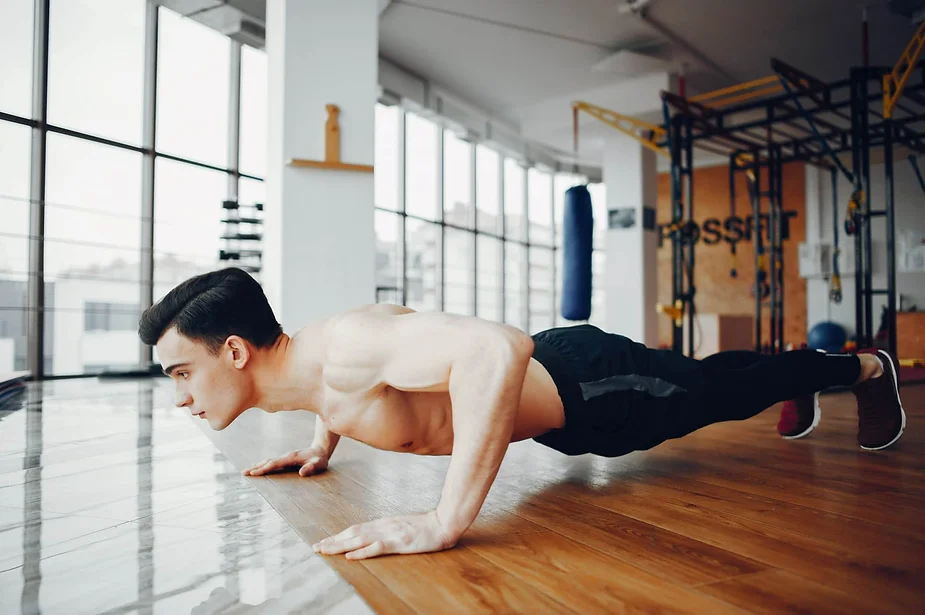
The modified plank exercise in collaboration with push-ups offers a tailored approach, catering to diverse fitness levels, making it an inclusive choice for individuals looking to build core strength with a gentler yet effective technique
So, if you want to challenge your core even more and mix up your routine, you can do plank exercises with push-ups. Start in a plank position with your feet together and hands beneath your shoulders.
Then, slowly lower yourself towards the floor while keeping your core muscles engaged and hands straight. Push yourself back to the starting position and repeat. You can also do a side plank with push-ups by placing one foot on the floor and the other foot on the exercise ball. This variation works your core and shoulders.
Final words
Planking for beginners is a sort of foundational exercise that focuses on building core strength by holding a straightforward body position, making it an excellent starting point for a stronger and more stable midsection.
It is challenging, but with practice, they can strengthen your core and improve your posture. First, you can do planks as part of your warm-up or as a finisher after your workout routine. You can also mix them with other challenging exercises like squats, lunges, and push-ups. Follow these tips for how to do a plank and how to advance the basic plank. With regular practice, you can expect stronger muscles and less back pain.
Share this content:

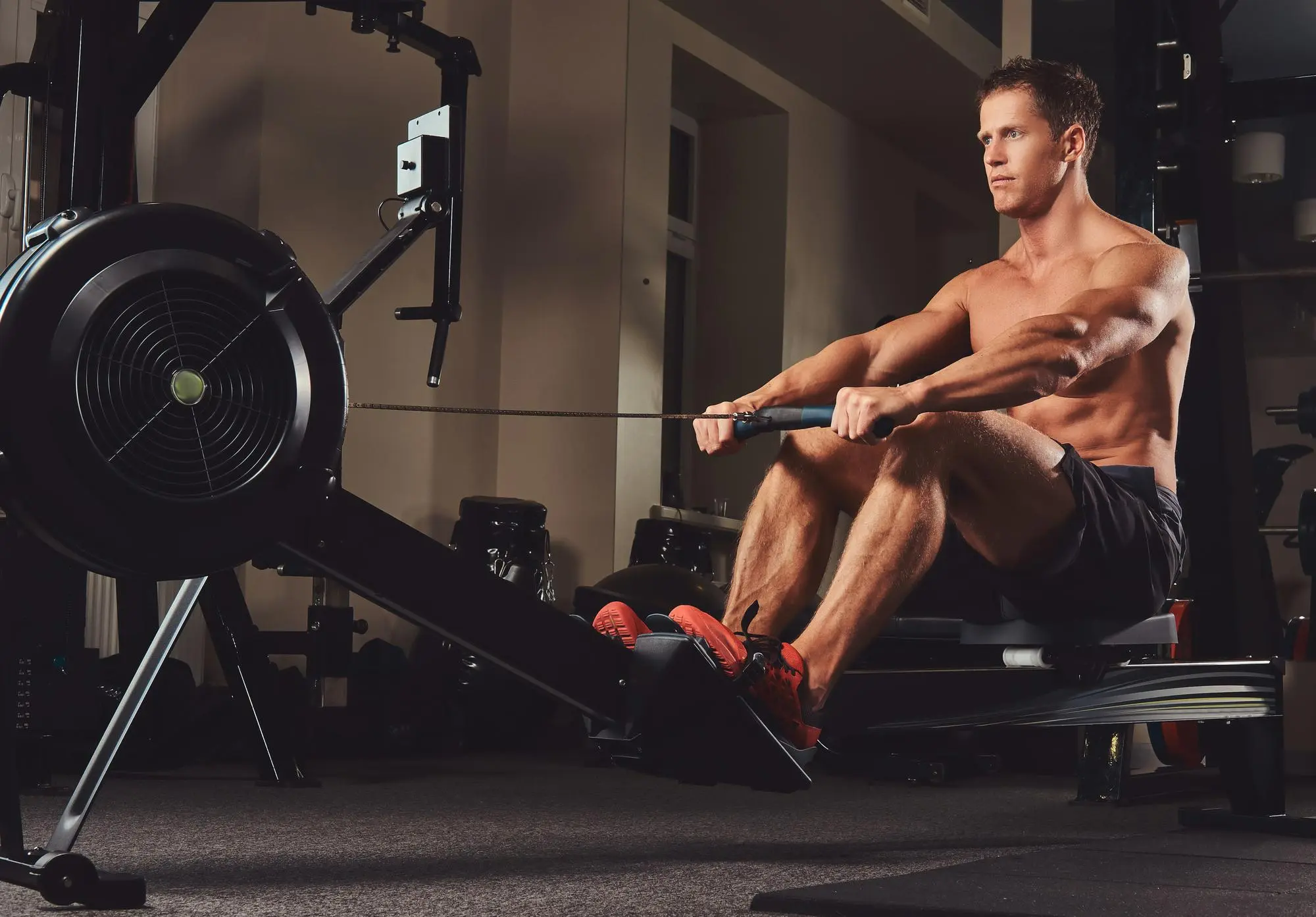


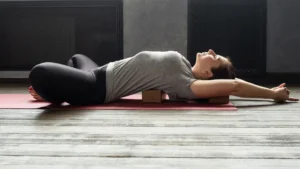
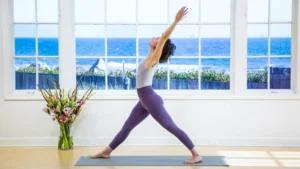

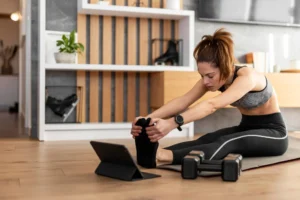






Post Comment